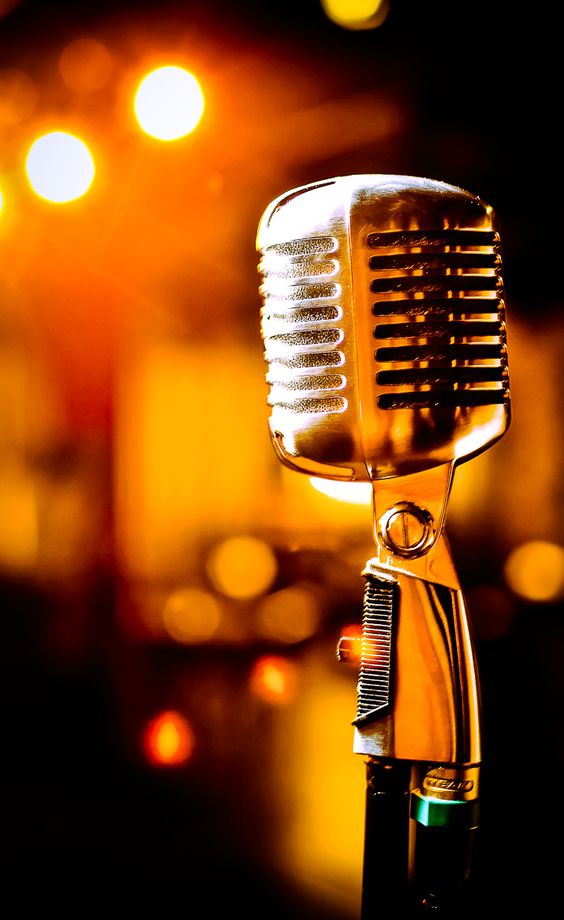Introduction:
In the world of audio recording and broadcasting, condenser microphones stand as the epitome of precision and clarity. Renowned for their ability to capture nuanced sound details, condenser microphones have become a staple in professional studios, podcast setups, and even home recording environments. In this blog, we’ll unravel the secrets behind condenser microphones, exploring their technology, applications, and some noteworthy models that bring your audio to life.
Understanding Condenser Microphones:
How Do They Work?
Condenser microphones operate on an electrostatic principle. Within the microphone capsule, there are two charged plates: a diaphragm and a backplate. When sound waves hit the diaphragm, it moves, creating variations in the distance between the diaphragm and the backplate. This change in distance alters the capacitance, generating an electrical signal that represents the sound.
Advantages:
- Sensitivity: Condenser mics are highly sensitive, capturing subtle details and nuances in audio.
- Frequency Response: They often have a broader frequency response compared to dynamic microphones, making them ideal for capturing a wide range of sounds.
- Transient Response: Condenser microphones excel in reproducing transient sounds, such as the attack of a musical instrument.
Applications:
- Studio Recording: Condenser mics are a staple in professional recording studios for vocals, instruments, and podcasting.
- Live Performances: Some condenser microphones are designed for live use, offering studio-quality sound in a performance setting.
- Broadcasting and Podcasting: Their sensitivity and clarity make them popular choices for podcasters, broadcasters, and voice-over artists.
Key Features to Look For:
1. Diaphragm Size:
- Large-diaphragm condenser mics are favored for vocals and studio recording.
- Small-diaphragm condenser mics are often chosen for their accuracy in capturing fast transients and are suitable for instruments.
2. Polar Patterns:
- Cardioid, omnidirectional, and bidirectional are common polar patterns. Choose based on your recording environment and application.
3. Frequency Response:
- Consider the microphone’s frequency response to ensure it suits the type of audio you’ll be recording.
4. Phantom Power:
- Condenser microphones require phantom power (usually 48V) to operate. Ensure your audio interface or mixer can provide this.
Noteworthy Condenser Microphones:
- Audio-Technica AT2020:
- Specifications: Cardioid polar pattern, 20Hz – 20kHz frequency response, XLR connectivity.
- The AT2020 is a widely acclaimed condenser microphone known for its affordability and versatility, making it a favorite among beginners and professionals alike.
- Rode NT-USB:
- Specifications: Cardioid polar pattern, 20Hz – 20kHz frequency response, USB connectivity.
- The Rode NT-USB is a versatile USB condenser microphone suitable for home recording, podcasting, and voice-over work.
- AKG C214:
- Specifications: Cardioid polar pattern, 20Hz – 20kHz frequency response, XLR connectivity.
- The AKG C214 is a large-diaphragm condenser microphone with a reputation for delivering high-quality audio, especially for vocal recordings.
Conclusion:
Condenser microphones are the unsung heroes behind crystal-clear audio production, enriching our listening experiences in ways we may not even realize. Whether you’re a budding podcaster, a musician aiming for pristine recordings, or a content creator seeking professional-grade audio, a condenser microphone might just be the missing piece to elevate your sound to new heights. Dive into the world of condenser microphones and embark on a journey of sonic excellence.

